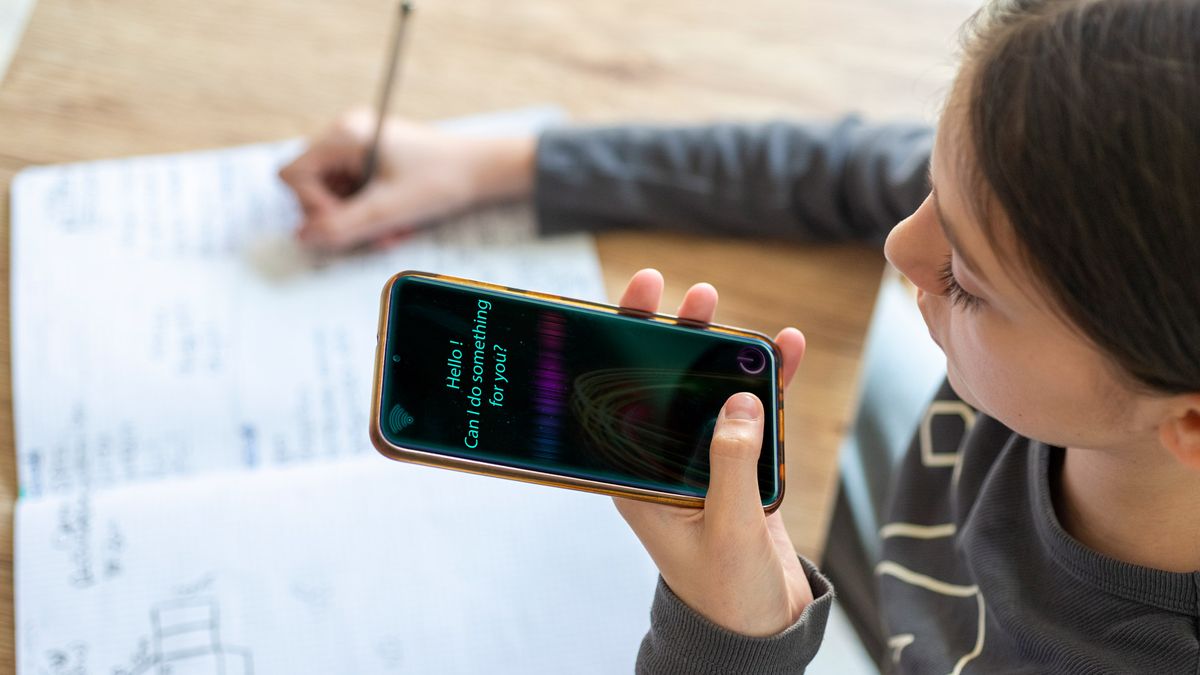
ZDNET's key takeaways
- OpenAI just launched its long-awaited GPT-5 model.
- The model is allegedly OpenAI's fastest, smartest, and most capable yet.
- GPT-5 is available to everyone: Free, Plus, Pro, and Team/Enterprise/Edu users.
There are two kinds of OpenAI models in this world: GPT and reasoning models. The advantages of the former, such as GPT-4o, are that they combine speed and accuracy, while reasoning models such as o3 and o4 take longer to think and use more compute power to produce better answers. OpenAI's latest model, GPT-5, supposedly gives all users access to the best of both.
On Thursday, OpenAI finally unveiled the long-awaited GPT-5, the company's next-generation family of models, which it touts as the fastest, smartest, and most capable yet. GPT-5 is a unified system that combines a smart model for most queries and a deeper reasoning model (GPT-5 thinking) for harder problems.
The key component is the real router feature that allows GPT-5 to understand which model to use automatically based on the conversation, complexity of the prompt, and more. The router is continuously trained on real signals to better understand the best scenario in which to use a model. Once a user hits usage limits, a mini version of each model takes over.
This is an especially big win for free users, who typically did not have access to any of the reasoning models and were, by default, excluded from more advanced models. To learn more about how much better these models are and how you can take advantage of them, keep reading below.
Superior performance
As with every model release, the GPT-5 drop was accompanied by benchmark evaluations, in which it earned state-of-the-art scores on across math (AIME 2025), coding (SWE-Bench Verified), and multimodal understanding (MMMU). It even performed competitively on Humanity's Last Exam, a newer benchmark with multi-modal questions in over 100 subjects, such as math, science, and the humanities, as seen below.
The company claims it is the strongest coding model yet, being able to create websites, apps, and games from simple text prompts. In particular, OpenAI shares that it has shown improvements in complex front‑end generation and debugging larger repositories.
Before the model was released, I watched a live demo of the feature, in which the user created a fully functional web app with interactive elements such as flashcards, a quiz with right and wrong answers, and a game from a simple text prompt. The final product looked sleek, and as someone who has recent experience building webpages, it would have taken me hours to stylize using JavaScript and CSS. GPT-5 appeared to take vibe coding to the next level.
Even if you are more of an average GPT-5 user who uses it for writing, you will still reap these benefits. OpenAI claims GPT-5 is the most capable writing collaborator, being able to better tackle tasks that involve "structural ambiguity" such as free verse. Regardless of what you use ChatGPT to write for you, users should see improvements.
People have been increasingly reliant on ChatGPT for health-related queries because of its ability to conversationally break down medical jargon, which can often be scary and intimidating. Now the experience is optimized with GPT-5, flagging concerns, asking questions, understanding results, prepping you to ask providers questions, and weighing options.
Also: Can AI outdiagnose doctors? Microsoft's tool is 4 times better for complex cases
Of course, GPT-5 does not replace a medical professional. OpenAI noted that the model performed the highest on HealthBench, a benchmark evaluation the company itself published earlier this year. External benchmarks for how AI performs in medical scenarios are not yet standardized.
Safety
One of the biggest improvements available in GPT-5 is that the model is more accurate than any previous reasoning model and has fewer hallucinations, according to OpenAI. The company said GPT-5's responses are 45% less likely to contain a factual error than GPT-4o with web search enabled on anonymized prompts, and 80% less likely to contain a factual error than OpenAI o3.
This is a big win, as reasoning models go beyond traditional pattern prediction and are invited to "think," which leaves room for error.
OpenAI also added new publicly available benchmarks to test factuality, including LongFact and FActScore, in which GPT-5 with thinking showed a significant drop in hallucinations. GPT-5 (with thinking) also communicates more honestly with the user, sharing when a task is impossible or can't be done. This is important because AI models often offer a plausible-sounding answer instead of admitting they don't know, which can increase the circulation of misinformation. For more on the evaluation results, take a look at the system card.
Another brand-new safety feature is called "safe completions," which enables ChatGPT to still answer prompts it would typically refuse. Instead, it will answer, but within the safety boundaries defined by OpenAI, and give a clear explanation of when it can't.
Lastly, while not entirely a safety issue, the model is less sycophantic, or effusively agreeable, and uses fewer unnecessary emojis.
Also: OpenAI recalls GPT-4o update for being too agreeable
Who can access (and how)
All users
GPT-5 is starting to roll out today to all Plus, Pro, Team, and Free users, with access for Enterprise and Edu coming in one week. GPT-5 and GPT-5 mini are available to everyone, including free users and all paid subscribers. However, subscribers still receive tiered perks. For example, included in the $20 per month subscription, ChatGPT Plus subscribers have significantly higher usage limits than free users.
Meanwhile, ChatGPT Pro users have unlimited GPT-5 and access to GPT-5 Pro, an even more advanced version of the model included in their $200 per month subscription. The rollout to Enterprise/EDU users will be next week.
GPT-5 will be set as the default model for everyday work, replacing all other models for authenticated users. However, paid users will still have the option to select it under the model picker.
Developers
The release of the model is also helpful for developers, as they can benefit from the increased reliability and accuracy when building. To accommodate this, OpenAI is making GPT-5, GPT-mini, and GPT-5-nano available in the API. Two new parameters, reasoning and verbosity, are also meant to help developers get exactly what they need from their model without overspending.
The reasoning parameter makes GPT-5 cheaper for tasks that don't require in-depth thinking, and then the verbosity parameter allows developers to fine-tune just how verbose they want GPT-5 to be. The pricing is cheaper than GPT-4o, and for more information, you can check the blog post.
.png)
 2 hours ago
2
2 hours ago
2











 English (US) ·
English (US) ·